Made & Mkt by: Paresh Patel
Product Code: 4544-RB20-14
Patola is an exquisite and wonderfully intricate silk textile of India, believed to have originated in the 7th Century AD. Patola silk textiles are produced by resist dyeing of warp and weft threads before weaving, a complex process known as double ikat which is also practiced in other parts of Indi..
Rs.27,350
Made & Mkt by: Paresh Patel
Product Code: 4544-RB20-19
Patola is an exquisite and wonderfully intricate silk textile of India, believed to have originated in the 7th Century AD. Patola silk textiles are produced by resist dyeing of warp and weft threads before weaving, a complex process known as double ikat which is also practiced in other parts of Indi..
Rs.25,160
Made & Mkt by: Paresh Patel
Product Code: 4544-RB20-20
Patola is an exquisite and wonderfully intricate silk textile of India, believed to have originated in the 7th Century AD. Patola silk textiles are produced by resist dyeing of warp and weft threads before weaving, a complex process known as double ikat which is also practiced in other parts of Indi..
Rs.27,890
Made & Mkt by: Paresh Patel
Product Code: 4544-RB20-18
Patola is an exquisite and wonderfully intricate silk textile of India, believed to have originated in the 7th Century AD. Patola silk textiles are produced by resist dyeing of warp and weft threads before weaving, a complex process known as double ikat which is also practiced in other parts of Indi..
Rs.23,520
Made & Mkt by: Paresh Patel
Product Code: 4544-RB20-17
Patola is an exquisite and wonderfully intricate silk textile of India, believed to have originated in the 7th Century AD. Patola silk textiles are produced by resist dyeing of warp and weft threads before weaving, a complex process known as double ikat which is also practiced in other parts of Indi..
Rs.23,520
Made & Mkt by: Paresh Patel
Product Code: 4544-RB20-16
Patola is an exquisite and wonderfully intricate silk textile of India, believed to have originated in the 7th Century AD. Patola silk textiles are produced by resist dyeing of warp and weft threads before weaving, a complex process known as double ikat which is also practiced in other parts of Indi..
Rs.25,570
Made & Mkt by: Paresh Patel
Product Code: 4544-RB20-15
Patola is an exquisite and wonderfully intricate silk textile of India, believed to have originated in the 7th Century AD. Patola silk textiles are produced by resist dyeing of warp and weft threads before weaving, a complex process known as double ikat which is also practiced in other parts of Indi..
Rs.26,250
Made & Mkt by: Paresh Patel
Product Code: 4544-RB20-13
Patola is an exquisite and wonderfully intricate silk textile of India, believed to have originated in the 7th Century AD. Patola silk textiles are produced by resist dyeing of warp and weft threads before weaving, a complex process known as double ikat which is also practiced in other parts of Indi..
Rs.24,890
Made & Mkt by: Paresh Patel
Product Code: 4544-RB20-12
Patola is an exquisite and wonderfully intricate silk textile of India, believed to have originated in the 7th Century AD. Patola silk textiles are produced by resist dyeing of warp and weft threads before weaving, a complex process known as double ikat which is also practiced in other parts of Indi..
Rs.24,890
Made & Mkt by: Paresh Patel
Product Code: 4544-RB20-09
Patola is an exquisite and wonderfully intricate silk textile of India, believed to have originated in the 7th Century AD. Patola silk textiles are produced by resist dyeing of warp and weft threads before weaving, a complex process known as double ikat which is also practiced in other parts of Indi..
Rs.25,300
Made & Mkt by: Paresh Patel
Product Code: 4544-RB20-08
Patola is an exquisite and wonderfully intricate silk textile of India, believed to have originated in the 7th Century AD. Patola silk textiles are produced by resist dyeing of warp and weft threads before weaving, a complex process known as double ikat which is also practiced in other parts of Indi..
Rs.25,980
Made & Mkt by: Paresh Patel
Product Code: 4544-RB20-11
Patola is an exquisite and wonderfully intricate silk textile of India, believed to have originated in the 7th Century AD. Patola silk textiles are produced by resist dyeing of warp and weft threads before weaving, a complex process known as double ikat which is also practiced in other parts of Indi..
Rs.28,300

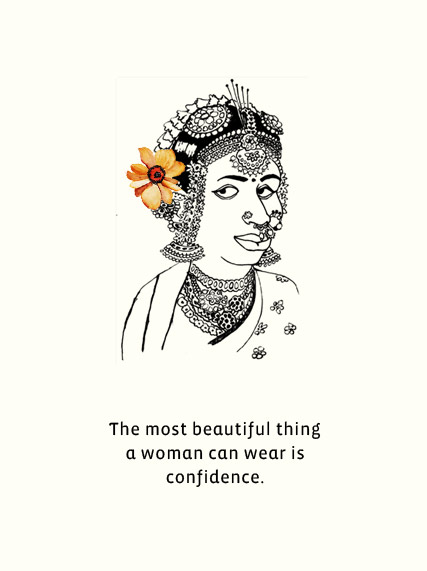

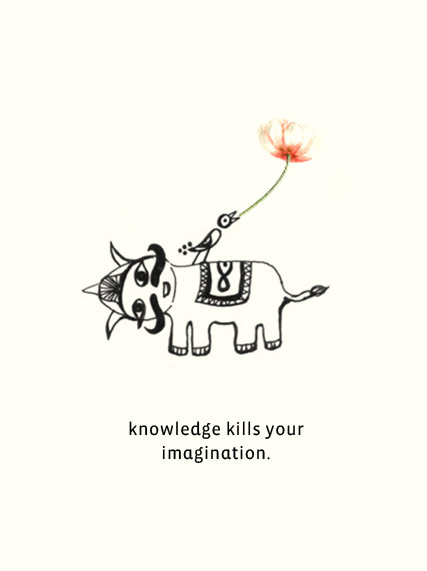

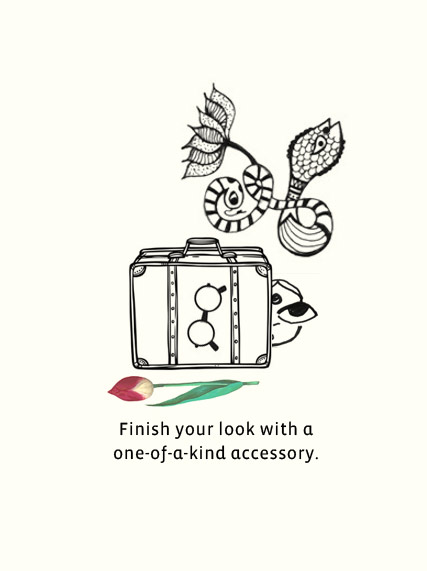




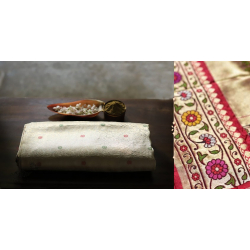
-250x250w.jpg)
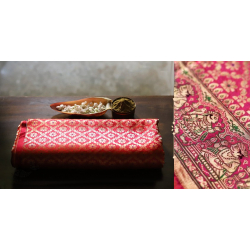
-250x250w.jpg)
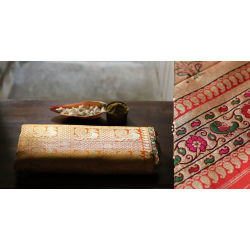
-250x250w.jpg)
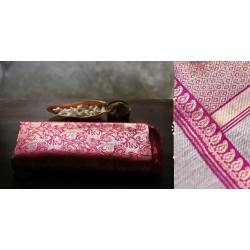
-250x250w.jpg)
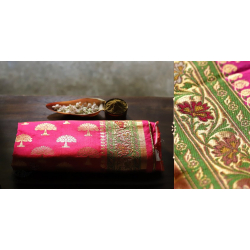
-250x250w.jpg)
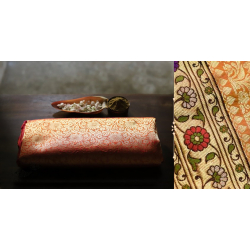
-250x250w.jpg)
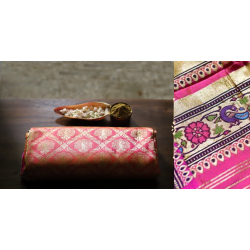
-250x250w.jpg)
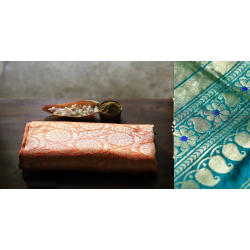
-250x250w.jpg)
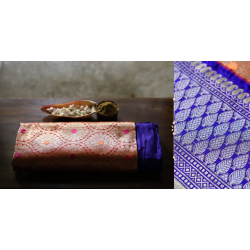
-250x250w.jpg)
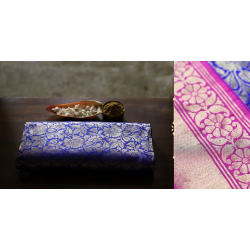
-250x250w.jpg)
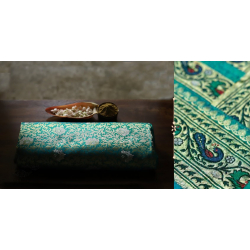
-250x250w.jpg)
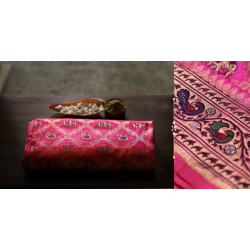
-250x250w.jpg)